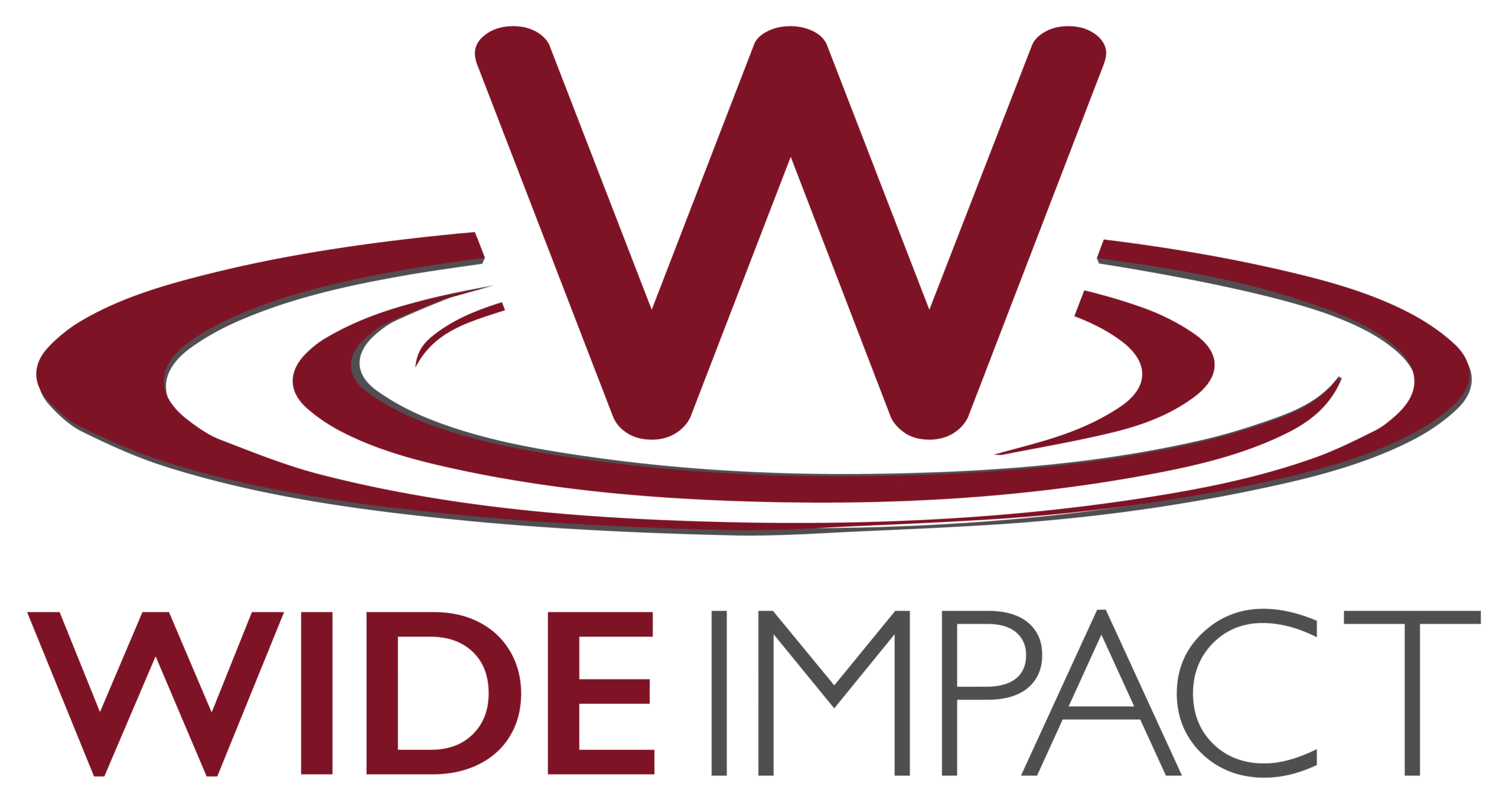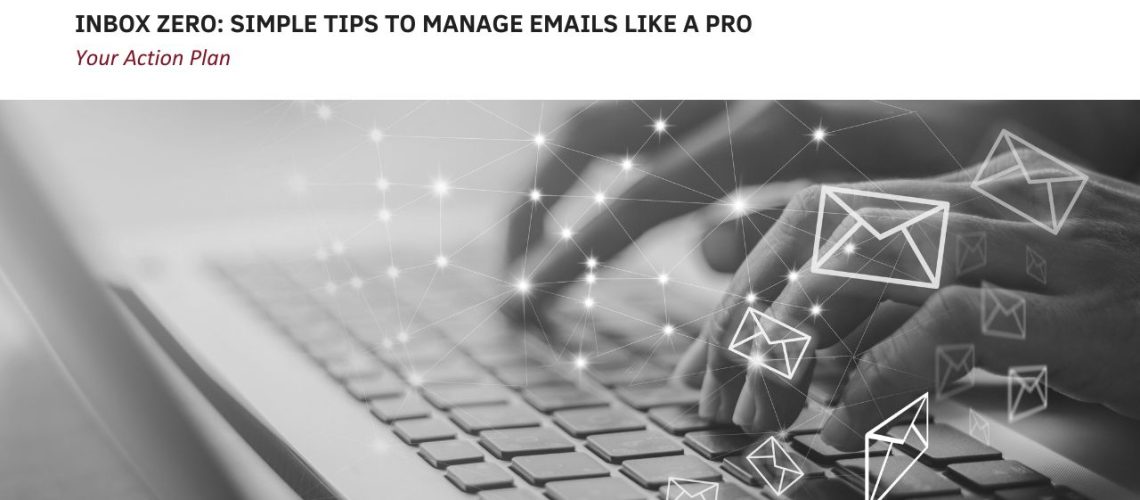By Dr. Salam Slim Saad
Are you drowning in a sea of unread emails, desperately trying to stay afloat amidst the constant stream of messages flooding your inbox? Email overload is a modern-day challenge that many of us face, leading to stress, anxiety, and decreased productivity.
In the digital age, our inboxes have become the battlefield where productivity meets chaos. We’ve all experienced the overwhelming flood of emails that seems to never cease, leaving us drowning in a sea of unread messages and looming deadlines.
Understanding the complexities of email overload is crucial in order to effectively combat it. It’s not just about the sheer volume of emails you receive, but also about how they impact your productivity and mental well-being.
In this article, we will reveal expert tips and tricks to help you finally say goodbye to email overload, so you can regain control of your inbox and enjoy a clearer, more manageable workflow.
Practical Tips for Organizing Your Email
In today’s digital age, our inboxes often resemble a chaotic jungle of emails, notifications, and newsletters. It’s easy to feel overwhelmed and buried under the weight of unread messages. But fear not! With a few simple strategies, you can transform your inbox into a well-organized, efficient communication hub. Let’s dive into some practical tips and hacks to help you regain control and bring clarity to your digital workspace.
Managing an overflowing inbox can often feel like a Herculean task, leaving many of us drowning in a sea of unread messages and neglected tasks. Fear not! With a few simple strategies and hacks, you can regain control of your inbox and streamline your email workflow. Here are some practical tips to help you organize your inbox like a pro:
- Maintain a Zero-Inbox Policy: Aim to achieve and maintain a zero-inbox status by processing emails promptly. This doesn’t necessarily mean responding to every email immediately but rather taking quick actions such as archiving, deleting, or delegating tasks associated with each message. Treat your inbox as a task list, and strive to keep it clear of clutter.
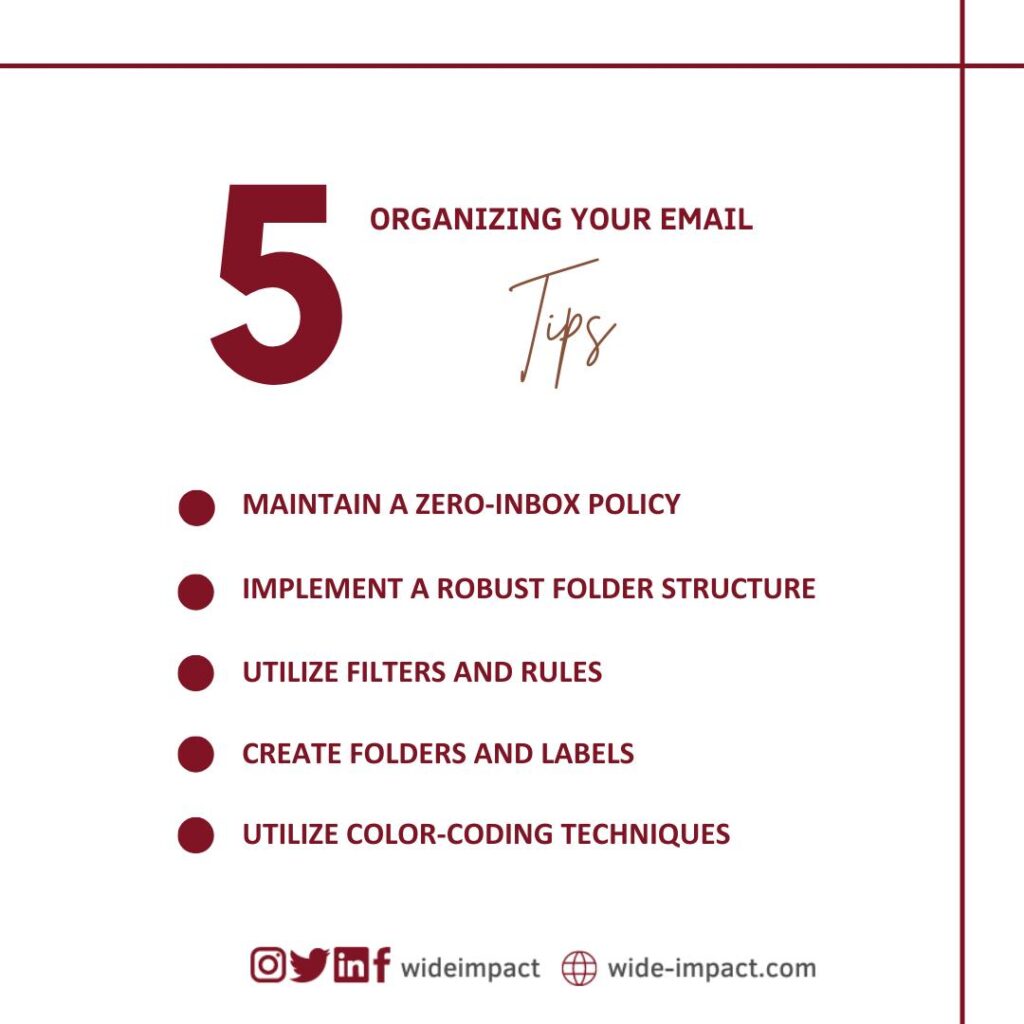
- Implement a Robust Folder Structure: One of the most effective ways to keep your inbox clutter-free is by setting up a logical folder structure. Create folders based on categories such as “Work,” “Personal,” “Finance,” “Travel,” etc. This allows you to swiftly categorize incoming emails and retrieve them when needed. Remember to regularly review and prune your folders to ensure they remain organized.
- Utilize Filters and Rules: Take advantage of your email client’s filtering and rules feature to automate the sorting process. You can set up rules to automatically route emails from specific senders or with certain keywords to designated folders. This eliminates the need for manual intervention and keeps your inbox tidy.
- Create Folders and Labels: Organize your emails into logical categories by creating folders or labels. Whether it’s by project, client, priority level, or any other criteria relevant to your workflow, sorting emails into designated folders can make finding and managing them a breeze.
- Utilize Color-Coding Techniques: Make use of color-coding techniques to visually distinguish between different types of emails. Assign colors to specific categories or priorities, such as red for urgent emails, green for project-related communications, and blue for personal messages. This visual cue can help you quickly identify and prioritize emails at a glance.
- Prioritize and Respond Promptly: Not all emails are created equal. Identify and prioritize important messages that require immediate attention. Respond promptly to urgent inquiries or actionable requests to maintain good communication etiquette and prevent important tasks from slipping through the cracks.
- Set Up Email Templates And Canned Responses: If you find yourself typing out the same responses repeatedly, save time by creating email templates or canned responses. Many email clients support this feature, enabling you to create standardized responses for common inquiries or requests. This not only saves time but also ensures consistency in your communication.
- Schedule Dedicated Email Time: Avoid the temptation to constantly check your inbox throughout the day, as this can disrupt your focus and productivity. Instead, schedule specific blocks of time dedicated to email management. During these intervals, focus solely on processing and organizing your inbox, thereby minimizing distractions.
- Invest In Email Management Tools: Consider leveraging third-party email management tools or plugins to enhance your inbox organization. These tools offer advanced features such as snooze, email scheduling, priority inbox, and email tracking, empowering you to better manage your email workload.
- Practice Email Sorting: Adopt a sorting approach to email management by quickly assessing each message and determining the appropriate action. Sort emails into categories like “Do Now,” “Delegate,” “Defer,” or “Delete.” This systematic approach ensures that urgent matters are addressed promptly while non-urgent ones are prioritized accordingly.
- Regularly Review and Refine Your System: Email management is an ongoing process that requires periodic review and refinement. Take time to assess the effectiveness of your organization system and adjust it as needed to suit your evolving needs and preferences.
- Unsubscribe and Declutter: Periodically review your subscriptions and unsubscribe from newsletters or promotional emails that no longer serve your interests. Additionally, regularly purge your inbox of unnecessary emails, such as outdated notifications or irrelevant messages. Decluttering your inbox reduces visual noise and makes it easier to spot important emails.
- Regular Maintenance: Make inbox organization a regular habit rather than a one-time task. Set aside time weekly or monthly to review and tidy up your folders, unsubscribe from new subscriptions, and adjust your filters as needed. Consistent maintenance will prevent your inbox from spiraling out of control again.
How to manage email overload
Struggling to keep your head above water amidst a flood of unread emails? here are some practical hacks to help you out.
- Schedule Email Check-ins: Instead of constantly refreshing your inbox, set up a specific time during the day to deal with your emails. By doing so, you may avoid interruptions and work more efficiently.
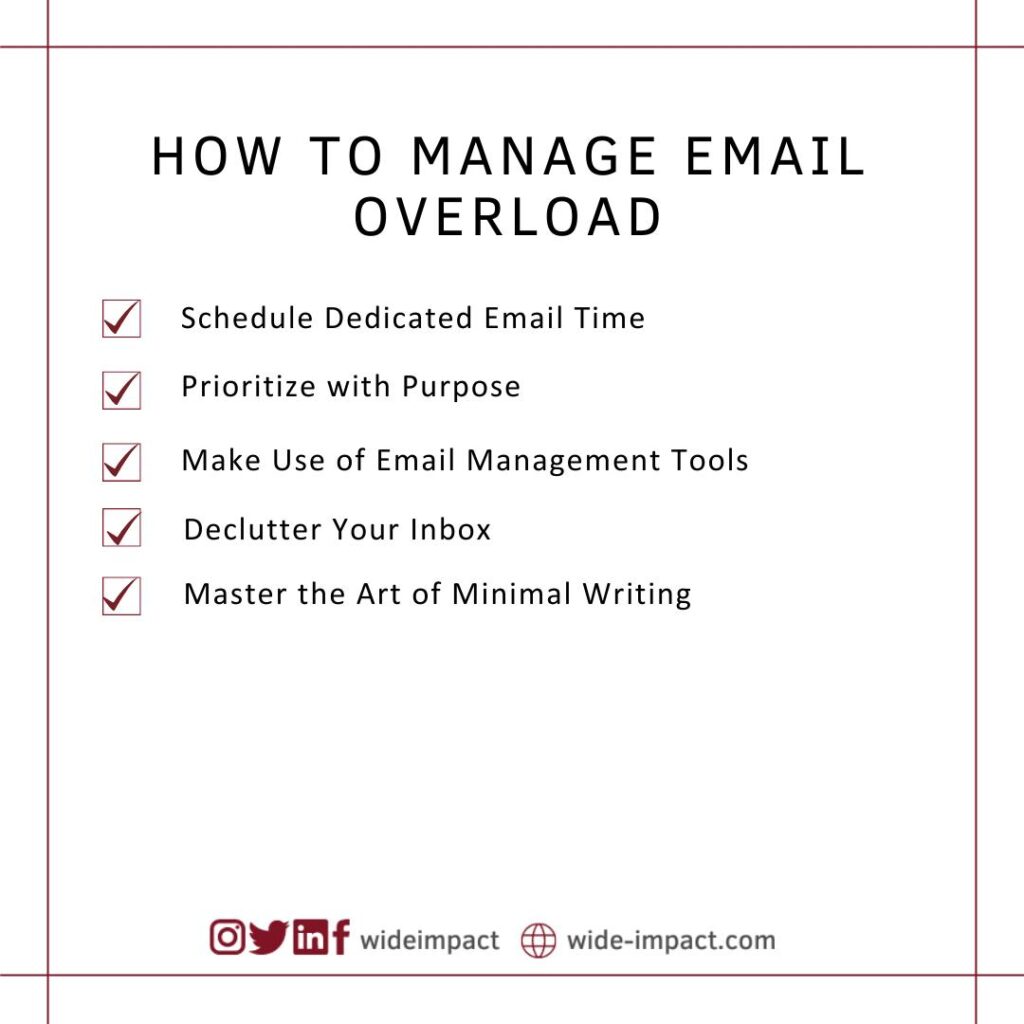
- Prioritize with Purpose: Sort your emails by urgency and importance. Respond promptly to critical messages while putting less urgent ones aside for future attention. With this focused method, you can be confident that you’re taking care of the most important issues first.
- Use Email Management Tools: Take advantage of filters, labels, and folders to streamline your inbox. These tools help organize emails efficiently, making locating and managing important correspondence easier amidst the clutter.
- Declutter Your Inbox: Start by purging your inbox of unnecessary clutter. Archive or delete old messages that you no longer need. Be ruthless in clearing out those outdated newsletters, promotional emails, and irrelevant threads. A clean slate is the first step towards inbox zen.
- Master the Art of Minimal Writing: Make sure your answers are brief and straight to the point. Excessive wording is not necessary for effective communication. To avoid wasting anyone’s time, be brief.
- Delegate Wisely: Recognize when to delegate tasks rather than trying to juggle everything solo. Delegating responsibilities frees up valuable time for focusing on critical tasks, helping to reduce the tension caused by emailing.
- Find Your Balance: Managing email overload isn’t just about clearing your inbox; it’s about regaining control over your digital workspace. Find a happy medium between your work and personal lives by establishing limits and prioritizing time for yourself.
Email overload FAQs
Still, have questions about managing email overload? Here are some commonly asked questions and answers to help you navigate your way through the digital clutter:
How can I reduce the number of emails I receive?
Consider unsubscribing from unnecessary mailing lists, setting up filters to organize incoming emails, and communicating with your colleagues about when it’s appropriate to cc or include you in an email chain.
Is it okay to ignore certain emails?
While responding promptly to work-related emails is essential, don’t feel obligated to engage with every message in your inbox. Prioritize effectively by distinguishing between urgent and non-urgent communications.
What should I do if my inbox is still overwhelming after implementing these tips?
If you find yourself drowning in a sea of unread messages despite your efforts, consider seeking assistance from productivity tools like task managers or delegation apps that can help streamline your workflow.
How can I maintain a healthy relationship with my email without getting overwhelmed?
Remember that technology serves us best when we control its usage rather than being controlled by it. Set boundaries around checking and responding to emails outside of working hours so that you can achieve a better work-life balance.
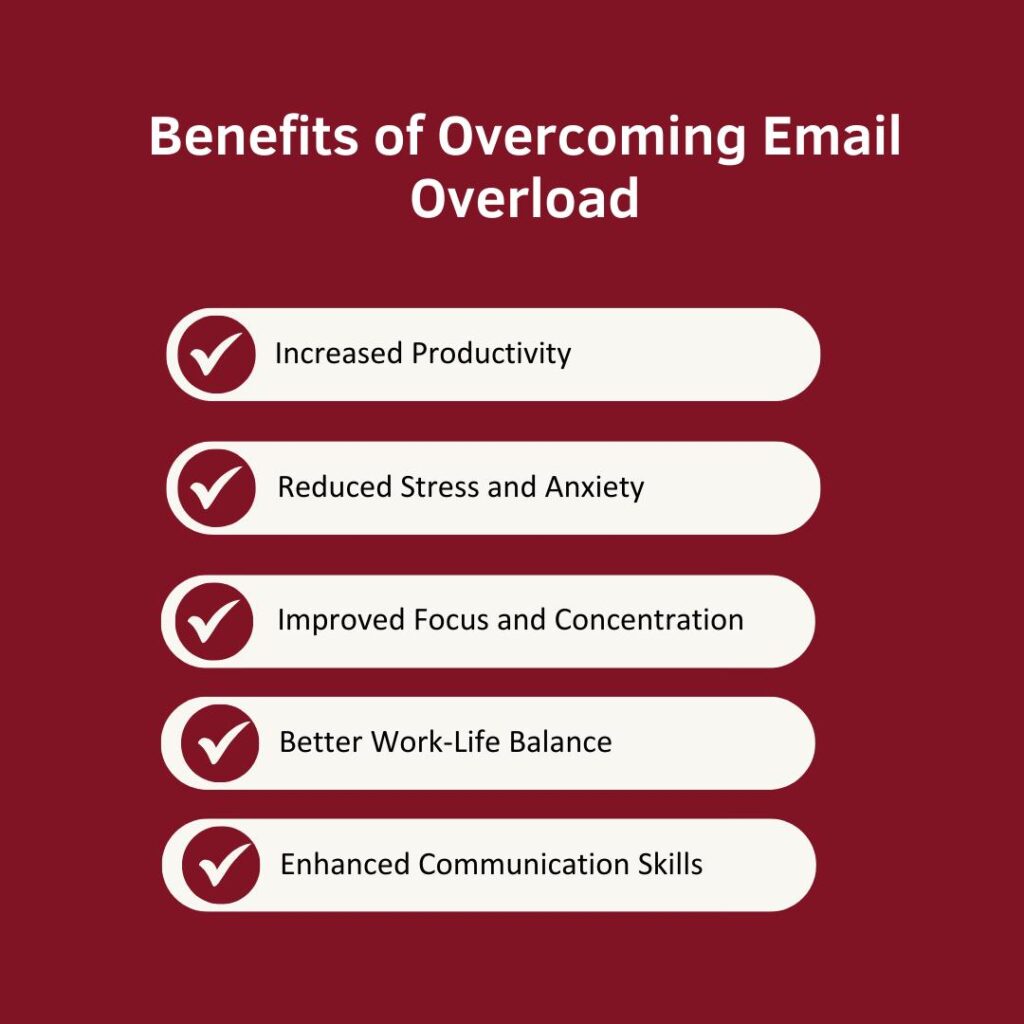
How can I prevent email overload in the future?
To prevent email overload in the future, consider implementing the following strategies:
- Set clear boundaries around email usage and establish email-free periods during focused work time.
- Practice good email hygiene by unsubscribing from unnecessary newsletters and mailing lists.
- Use filters and rules to organize incoming emails and reduce clutter in your inbox automatically.
- Limit the use of email for communication by exploring alternative communication channels such as instant messaging or project management tools.
- Continuously evaluate and refine your email management strategies to ensure they remain effective in the long term.
Finding balance in a digital world where emails are constantly bombarding our inboxes is essential for maintaining productivity and mental well-being. You can get rid of your too-many emails and make your inbox cleaner by using the tips and tricks we talked about.
Remember that organizing your inbox, using filters and labels, tools and apps for email management, reducing spam emails by unsubscribing or setting limits, and setting clear priorities for your time are all important steps to a more streamlined email experience.
Finding balance means not letting your email schedule run your day, but instead taking care of it well so you can concentrate on what’s important. You can get back important time and energy to do things that make a difference in your personal and business life if you keep your inbox clean and follow an organized way to deal with emails. Finding this balance will help you be more productive, feel less stressed, and have more power in this modern world we live in.

